THE £190m scheme to revive Merseyside’s housing market planned to bulldoze too many homes and failed to listen carefully to residents’ wishes, a d@ming report says today.
The National Audit Office highlights a series of weaknesses in the controversial New Heartlands “housing renewal” scheme, covering 130,000 homes across Liverpool, Sefton and Wirral.
The watchdog picks out the Merseyside scheme – one of nine across the North and Midlands – for creating “heightened stress” in neighbourhoods earmarked for demolition.
Its report criticises a failure, in the first years of the scheme, to assess whether homes should be saved because of their importance to national heritage.
And, specifically, it questions the consultation that led to the hotly-fought decision to bulldoze 444 red-brick terraced houses in the Welsh Streets, in Dingle.
New Heartlands is now considering saving 57 of those homes – including Ringo Starr’s childhood home on Madryn Street – after a heritage assessment.
In particular, the NAO questions the decision to demolish after a survey found only a narrow majority – 52% to 48% – in favour.
And it queries why that survey included residents in the surrounding Princes Park area, when it was not those residents’ homes facing the bulldozer.
Toby Evans, the NAO’s audit manager, who visited the Welsh Streets, said: “You have to be very careful claiming majority support on the basis of 52% versus 48%.
“Some of the residents we spoke to said the word redevelopment was used to describe the proposal, when what was planned was demolition.”
David Corner, the NAO’s director, said key recommen-dations – that surveys should be in demolition zones only and not use “redevelopment” to describe demolition – flowed directly from the Welsh Streets visit.
The report also highlighted how the number of homes earmarked for demolition across Merseyside had nearly halved, from 21,000 to just 11,000.
Last night, New Heartlands hit back strongly, insisting it worked long and hard to accurately gauge opinion on the Welsh Streets’ demolition and schemes elsewhere.
Pauline Davis, the organisation’s managing director, said: “I’m confident we have the support of the majority of the community for our plans in the Welsh Streets.
“It was not just a single survey that was taken and it was not just about clearance. That’s why Princes Park was included, because it is part of the broader neighbourhood.”
Ms Davis also defended the decision to halve the number of planned demolitions, which was partly due to the housing market bouncing back.
There was backing for New Heartlands from Louise Ellman, the Riverside MP whose constituency includes the Welsh Streets, who said: “There was no way of pleasing everybody. There was a very big division of opinion and some people were very opposed, but I know of others who have been rehoused and are very pleased with their new homes.”
Much of the NAO’s report makes general criticisms of nine so-called “Pathfinder” projects, including New Heartlands, describing the whole idea – costing £2.2bn – as “high risk”.
The Pathfinder neighbourhoods had succeeded in narrowing the house-price gap with surrounding areas, but it was “unclear” whether the programme itself was the cause.
Worryingly, the average compensation for residents being rehoused fell £35,000 short of the cost of a new home locally.
Government targets require New Heartlands to narrow the gap in vacancy rates between its pathfinder neighbourhoods and the wider region by one third by 2010. Between 2002 and 2006, that gap rose by 7%, although that might be explained by short-term purchases for work to be carried out.
Liverpool Dailypost



 Reply With Quote
Reply With Quote
 . The treelined streets are full of charm (unlike Cleveden Park!).
. The treelined streets are full of charm (unlike Cleveden Park!).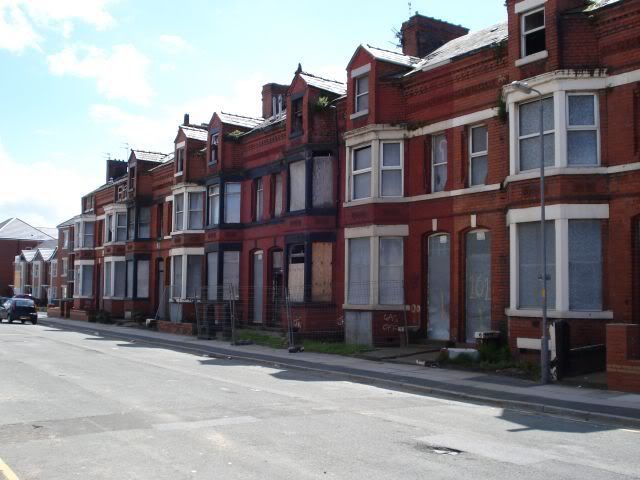
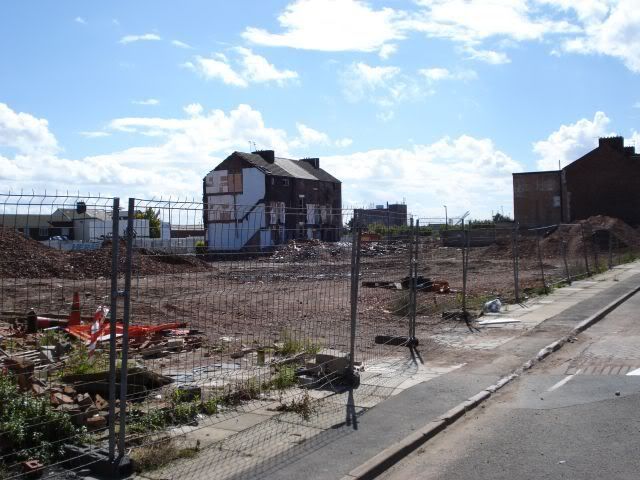
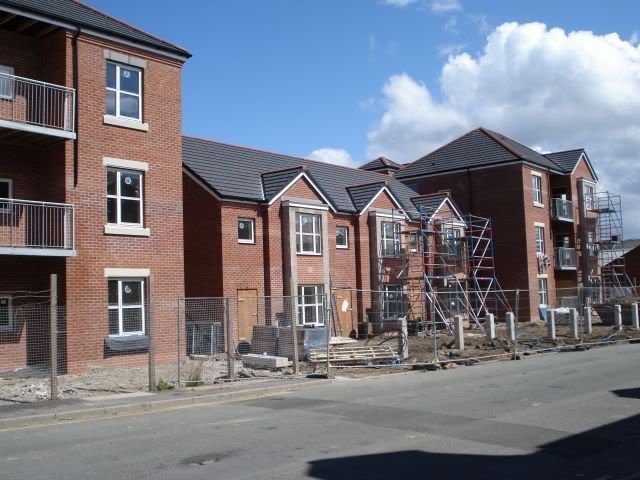

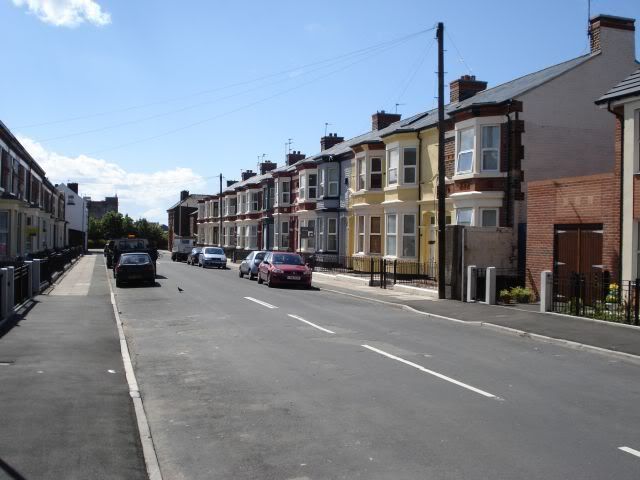
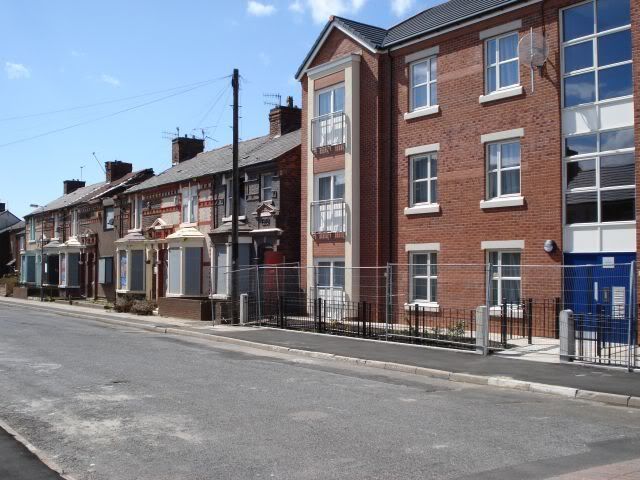



Bookmarks